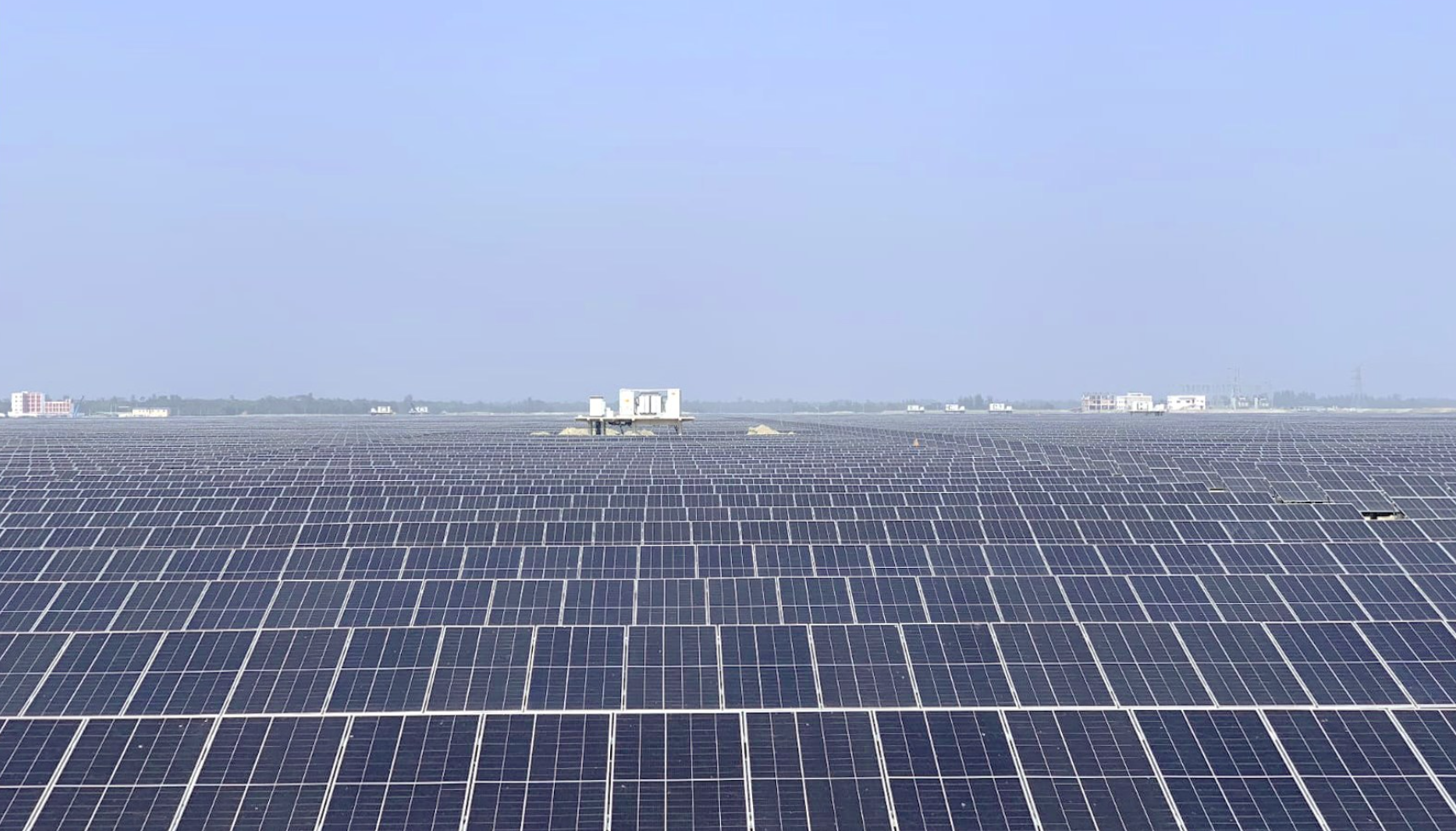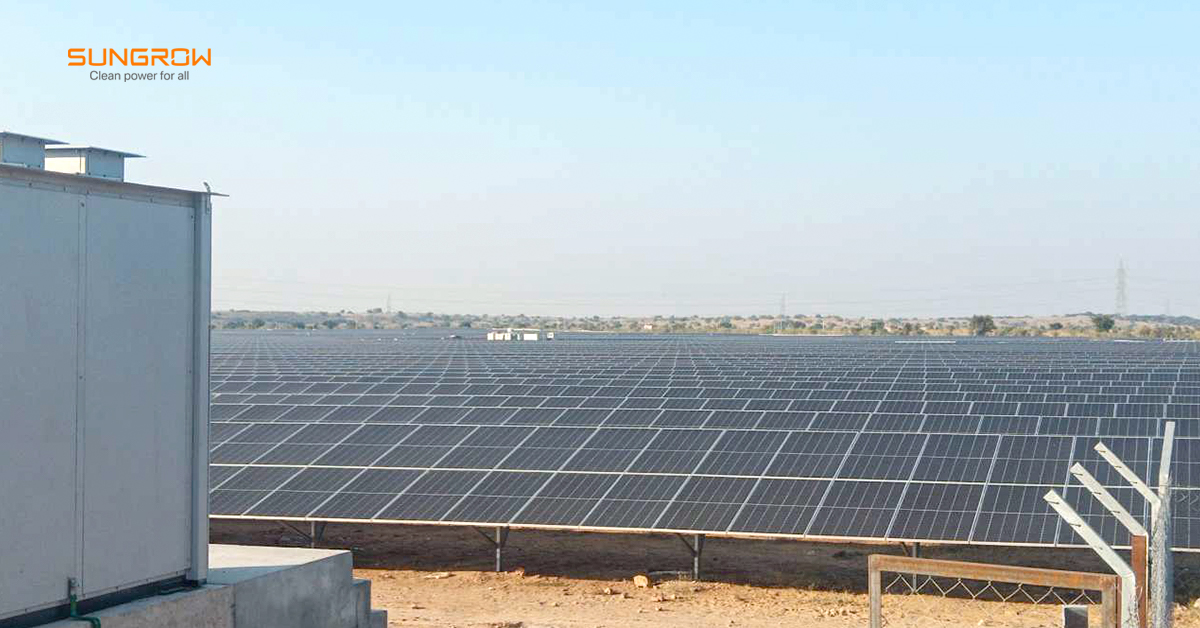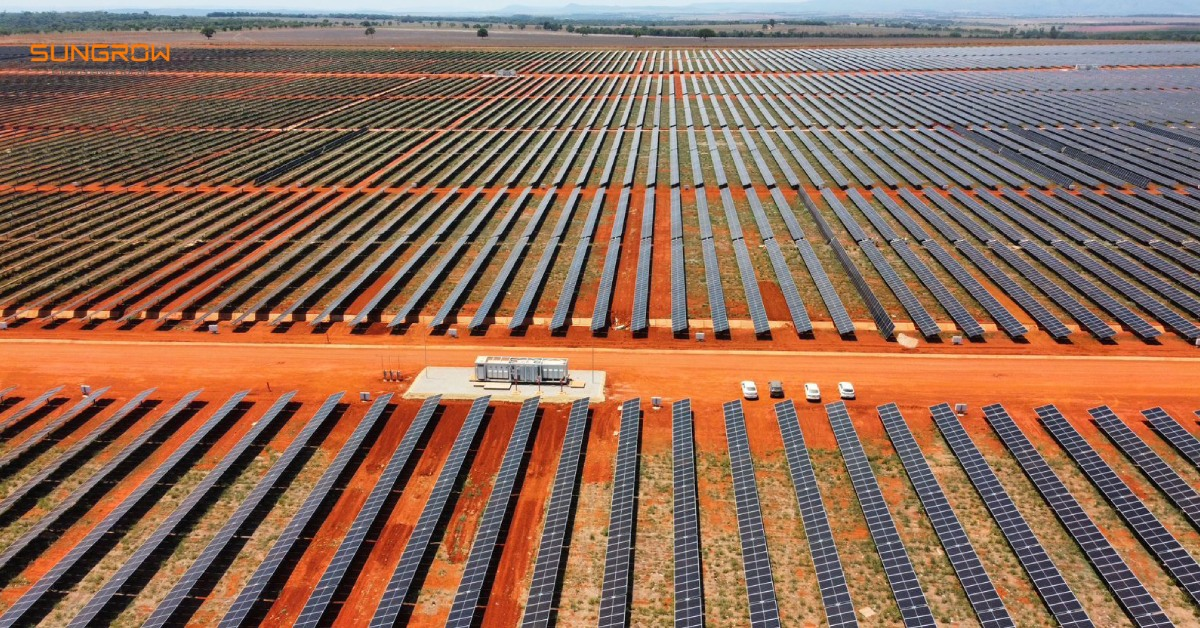Solar power use is thriving. It is transforming the energy landscape. Inverters are essential components in this transformation. Central inverters perform power conversion. They turn DC power from solar panels into usable AC power in solar plants. The utility-scale sector keeps expanding rapidly. Large-scale solar installations are being embraced around the world. This growth makes central inverter solutions increasingly important. They are becoming the backbone of modern solar farms.

What is a Central Inverter?
PV central inverter systems are powerful devices. They are designed for large solar installations. They can process massive amounts of power from thousands of panels. These units come in sturdy, weather-resistant enclosures. They are built to handle megawatt-level power conversion.
Central inverter systems work through a straightforward but effective process. They collect DC power from multiple solar arrays. Then they convert it to grid-compatible AC power. Advanced electronics ensure stable power output. The system constantly monitors performance and also provides essential support for grid operations.
Central Inverter vs. String Inverter
Choosing the right inverter affects system performance and costs. Both central and string inverters serve important roles. Their applications depend on various factors. Let’s examine string inverter vs central inverter and explore what makes each type unique.
Central Inverter
Central inverter systems excel in utility-scale applications. These are applications where power output reaches megawatt levels. They offer significant economies of scale. They boast lower costs per watt when handling large power capacities. Last but not least, their maintenance is more streamlined. Technicians only need to service a few central inverter units rather than many smaller inverters.
String Inverter
String inverters are suitable for smaller installations or projects with complex layouts. They provide greater flexibility in system design. They can better handle partial shading or panels facing different directions. Each string inverter manages a smaller group of panels. This allows for more granular monitoring and easier replacement of individual units if issues arise.
Which to Choose?
For utility-scale projects, central inverter solutions are usually the clear winner. They offer the best combination of key elements for large installations. These include cost-effectiveness, maintenance efficiency, and performance. Their simplified infrastructure and reduced component count are huge advantages. These make them particularly attractive for massive solar farms where straightforward operation is crucial.

Benefits of Central Inverters for Utility-Scale Solar
Solar central inverter systems bring several advantages to large solar projects. These include the following:
1. Scalability
Central inverter systems are built to handle massive power capacities. This makes them perfect for utility-scale installations. They can efficiently process power from vast solar arrays. They often manage megawatts of power in a single unit. This scalability means fewer units are needed for large projects.
2. Efficiency
These inverters achieve impressive efficiency rates when converting DC to AC power. Their design optimizes power conversion across large arrays. It minimizes energy losses during the process. The ability to handle high power levels is a huge plus. It means they operate at peak efficiency more often.
3. Reliability
With fewer components than multiple string inverters, central inverters offer enhanced system reliability. Their robust design and industrial-grade construction are invaluable. These help ensure consistent performance even under demanding conditions. Simplified architecture means fewer potential points of failure. It leads to more dependable operations.
4. Cost-Effective
For large-scale projects, central inverter solutions are a top choice. They provide superior economics. The cost per watt decreases significantly as system size increases. This makes them particularly attractive for utility-scale installations. Lower installation and maintenance costs further enhance their financial benefits over the project’s lifetime.
Sungrow’s PV Central Inverters for Utility-Scale Solar
The seasoned brand Sungrow excels in manufacturing solar inverter solutions. The company specializes in utility-scale applications. Its central inverter products use advanced technology. They feature practical and efficient designs and help solar farms perform better. Their top features include:
ü Deliver maximum efficiency of 99%
ü Integrated monitoring systems for comprehensive performance analysis and troubleshooting
ü Modular design enables quick maintenance and reduced downtime
ü User-friendly external touchscreen interface for easy operation
ü Container design reduces initial investment and simplifies transportation
ü Grid support features to ensure compliance with utility requirements
ü Active and reactive power control capabilities for grid stability

Conclusion
Central inverters drive utility-scale solar power forward. They connect solar arrays to the power grid efficiently. The solar industry keeps growing rapidly. These systems hence become more important each year. Sungrow’s PV central inverters offer the perfect combination of efficiency, reliability, and scalability. These are the key attributes that large solar projects demand. Visit Sungrow’s website to explore its complete range of innovative solar solutions.